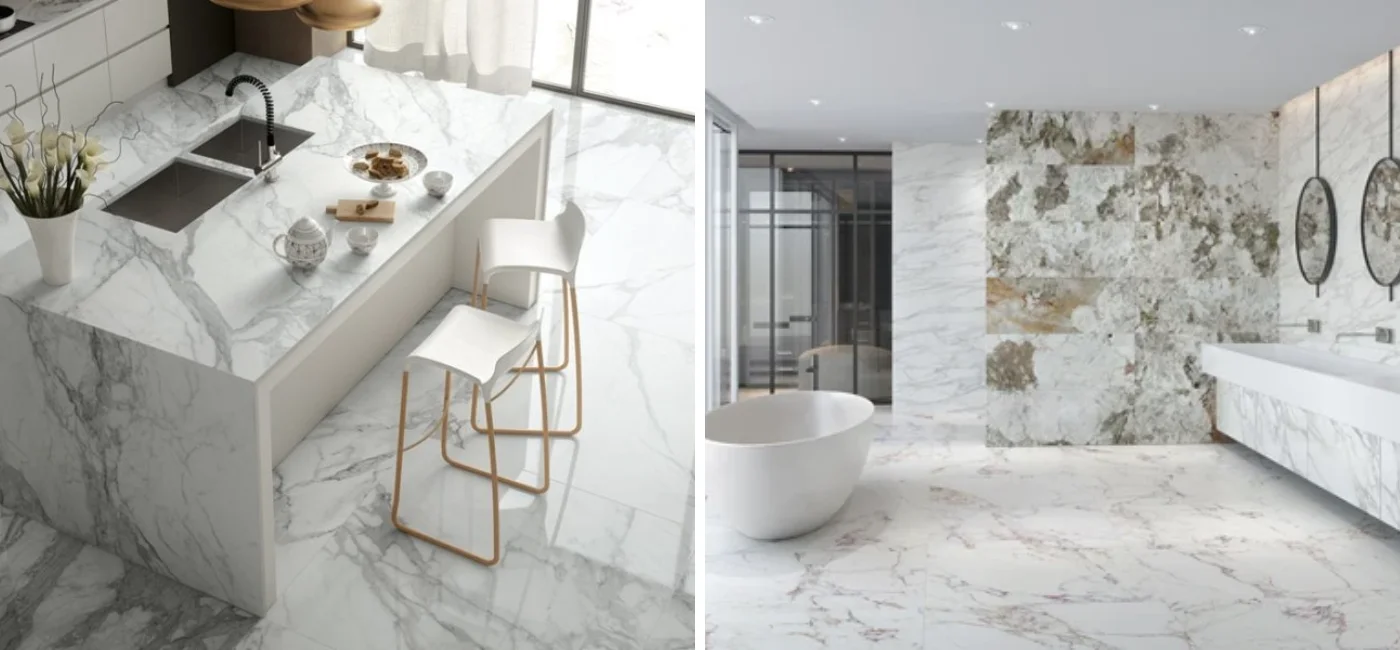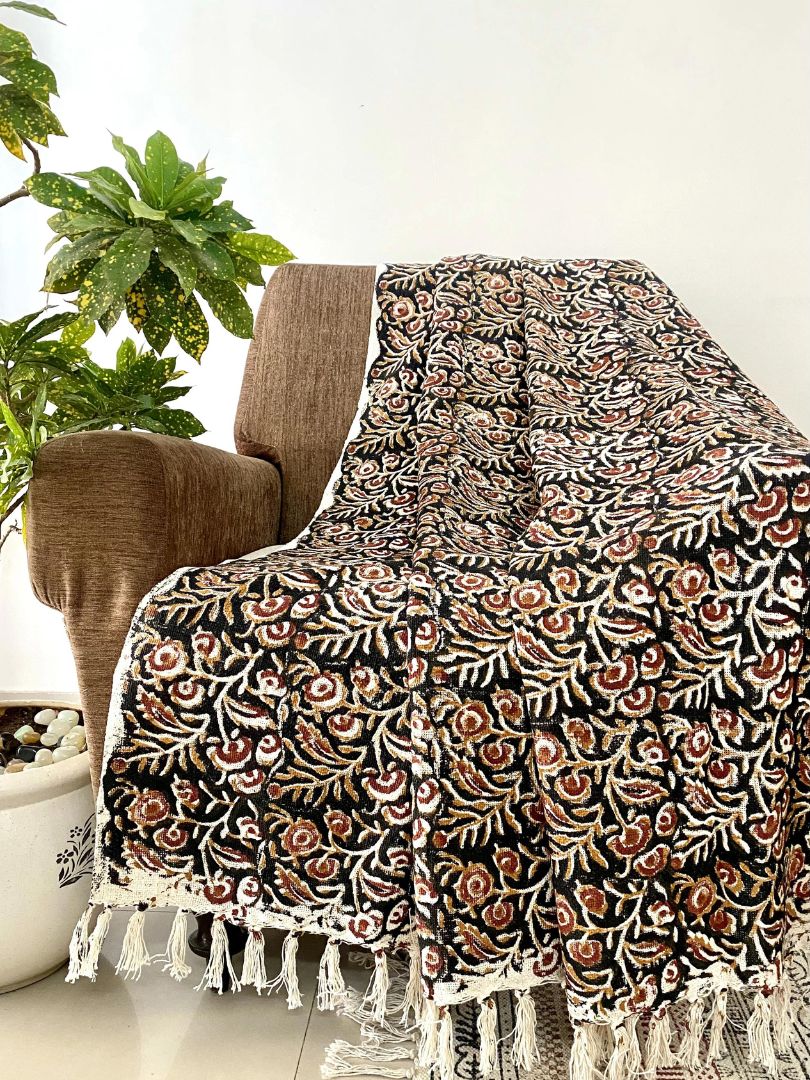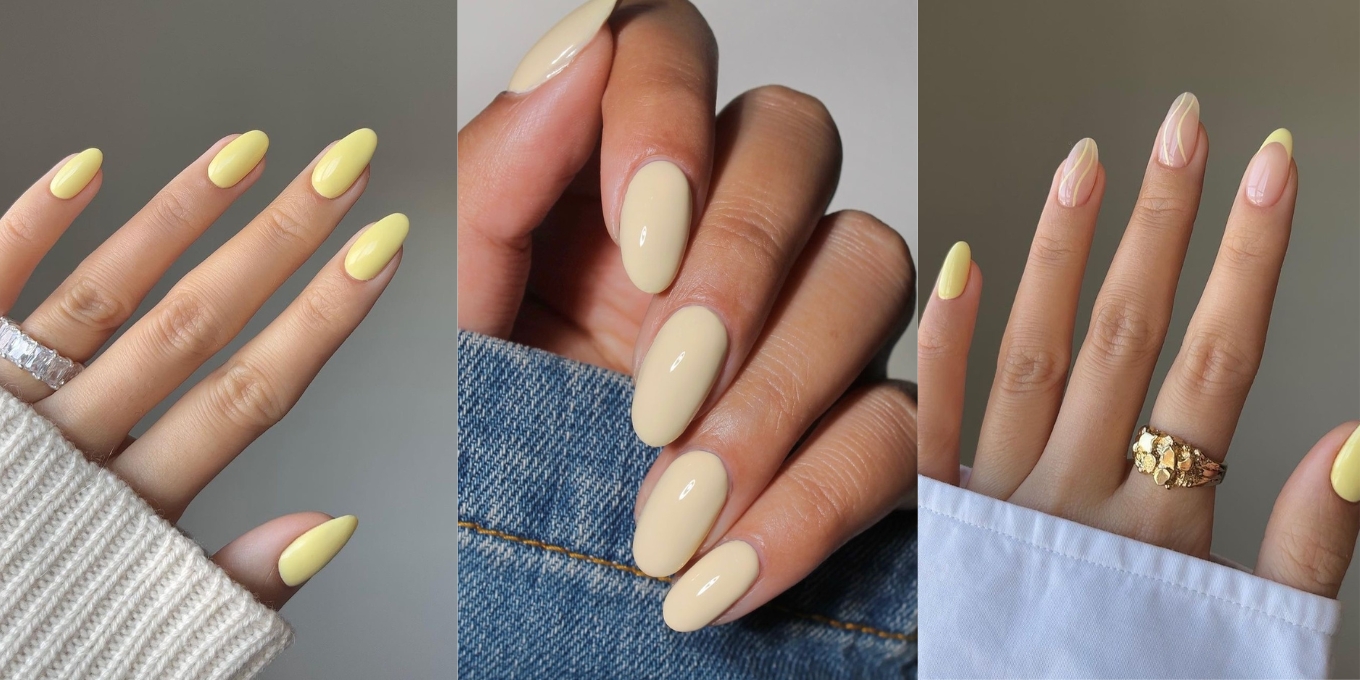What Are the Best Practices for Long-Lasting Marble Care?

Marble is a timeless and elegant material used in homes, businesses, and various construction projects. Its beauty and durability make it a popular choice for floors, countertops, and other surfaces. However, to ensure its longevity and keep it looking pristine, proper care and maintenance are essential. This article highlights the best practices for maintaining marble and preserving its natural shine.
1. Regular Cleaning is Key
One of the most important steps in caring for marble is regular cleaning. Dust, dirt, and debris can easily scratch the surface, dulling its appearance over time. To clean marble, use a soft cloth or microfiber towel and a gentle cleaner designed for marble surfaces. Avoid using harsh chemicals or acidic cleaners, as they can damage the stone. If you’re unsure about which cleaning solution to use, many marble suppliers in Rajasthan recommend opting for a pH-balanced cleaner.
2. Seal the Marble for Protection
Sealing marble helps protect it from stains, dirt, and moisture. Over time, marble can absorb liquids, especially acidic ones, which can cause discoloration or permanent damage. Sealing the surface forms a protective barrier, making it easier to clean up spills and preventing long-term damage. Marble suppliers in India often suggest re-sealing marble every 6 to 12 months, depending on the level of usage.
3. Avoid Scratches and Chips
Marble is a relatively soft stone compared to other materials like granite. This makes it more susceptible to scratching and chipping if not handled with care. To avoid damage, always use coasters under glasses or cups, and be cautious when placing heavy objects on marble surfaces. Cutting directly on a marble countertop can leave scratches, so it’s a good idea to use cutting boards. Additionally, placing trivets or mats under hot cookware helps prevent burns or heat damage.
4. Deal with Stains Immediately
Despite its durability, marble can stain if spills are left unattended for too long. Common culprits include wine, coffee, vinegar, and citrus juices. If a spill occurs, clean it up promptly using a soft cloth or paper towel. For tougher stains, use a marble-safe poultice or a gentle paste made from baking soda and water. Allow the paste to sit on the stain for a few hours before gently scrubbing it off. For stubborn stains, it’s advisable to consult with marble suppliers for professional cleaning services.
5. Prevent Sun Damage
Excessive sunlight can cause marble to fade or discolor. The UV rays can break down the marble’s surface, causing it to lose its vibrant color and shine. To prevent sun damage, try to position your marble surfaces away from direct sunlight or use curtains or blinds to block out the sun during the hottest part of the day. This is especially important for marble surfaces in areas with harsh desert climates, where the sun can be particularly intense.
6. Maintain Humidity Levels
While marble is resistant to moisture, it can be damaged by excessive humidity. High humidity can cause marble to absorb moisture, which can lead to surface damage over time. To prevent this, it’s essential to maintain a stable indoor climate with balanced humidity levels. A dehumidifier can be useful in areas that are prone to high humidity, ensuring that your marble surfaces stay in top condition.
7. Regular Polishing
To maintain the shine and luster of your marble surfaces, regular polishing is essential. Polishing helps remove any dullness and enhances the stone’s natural glow. You can use a marble polishing powder or a marble-safe polish to buff your marble surfaces. If you’re unsure about which products to use, marble suppliers in Rajasthan often offer recommendations on suitable polishing agents.
Conclusion
Taking care of marble surfaces ensures they remain beautiful and durable for years to come. By following these best practices—regular cleaning, sealing, avoiding scratches, dealing with stains quickly, preventing sun damage, maintaining humidity, and polishing regularly—you can keep your marble surfaces looking as good as new. Whether you’re sourcing marble from local suppliers in India or other regions, investing in proper care will help protect your marble investment for the long term.







